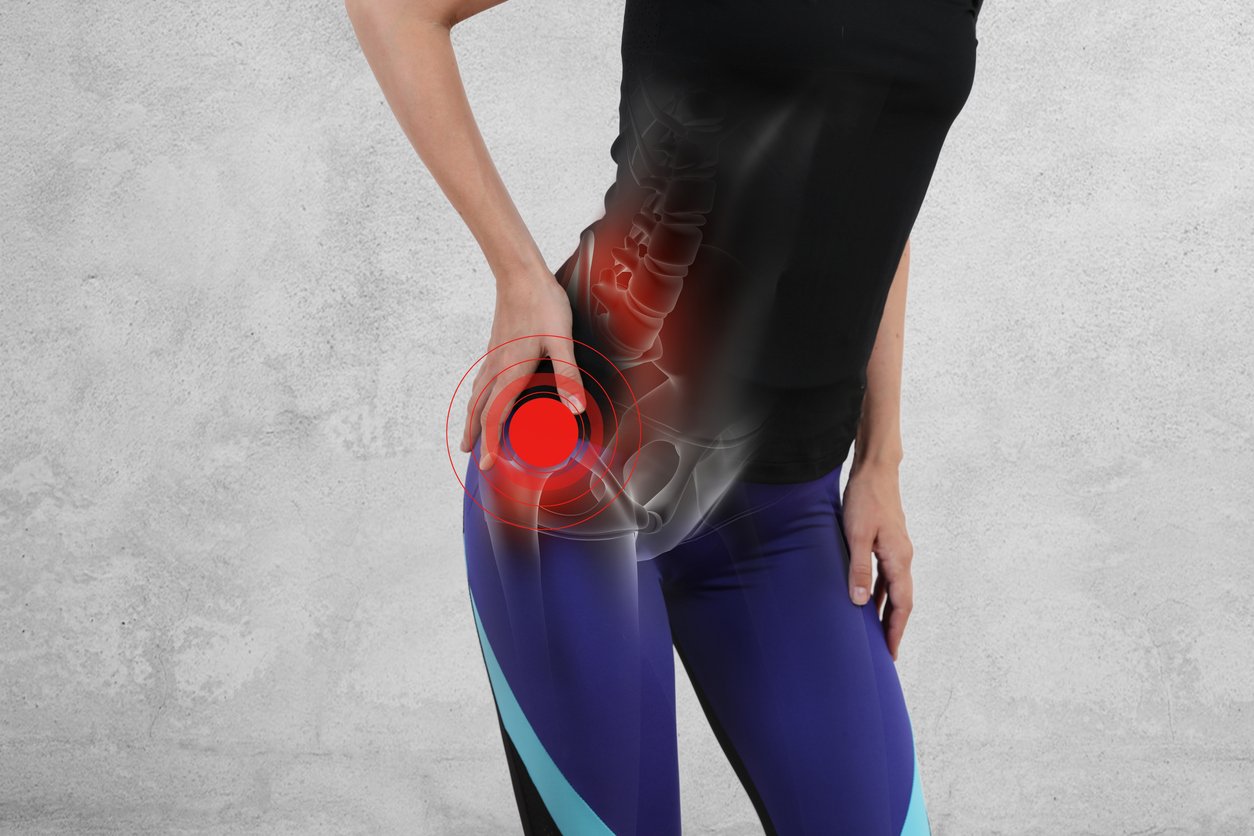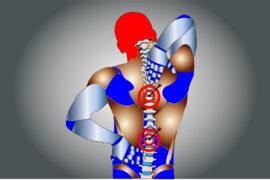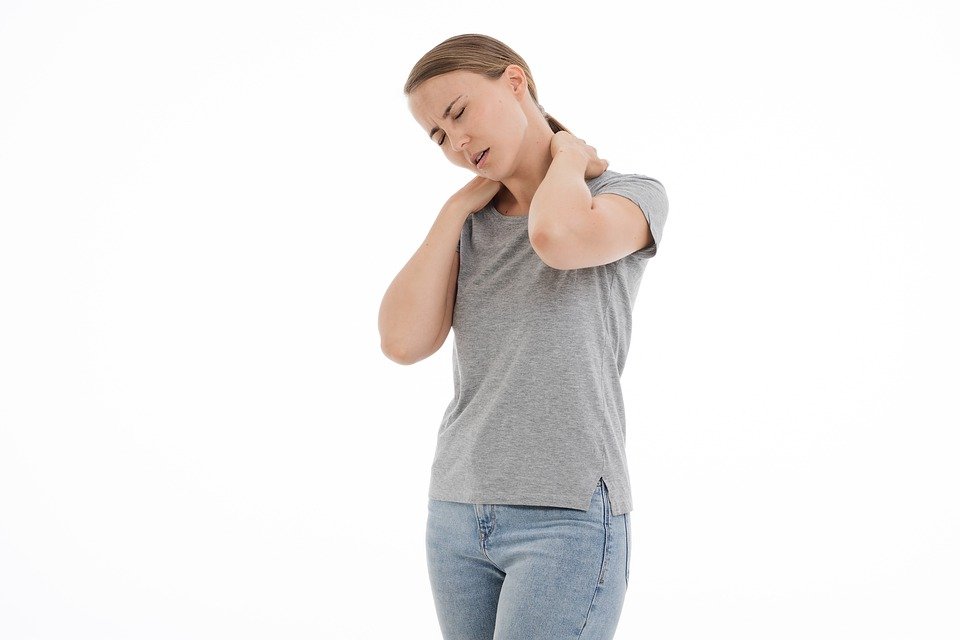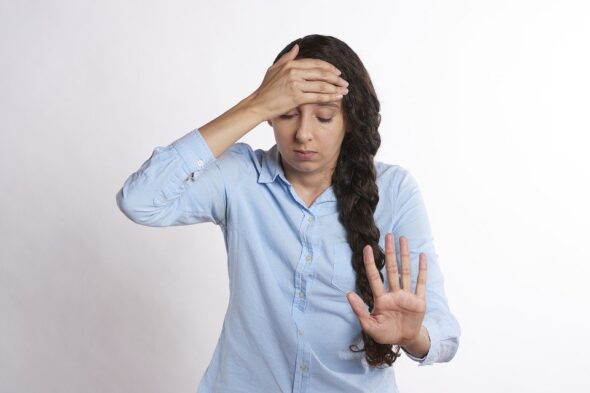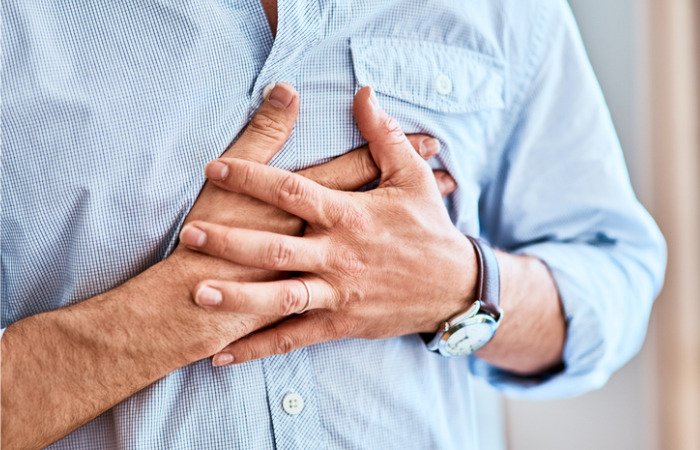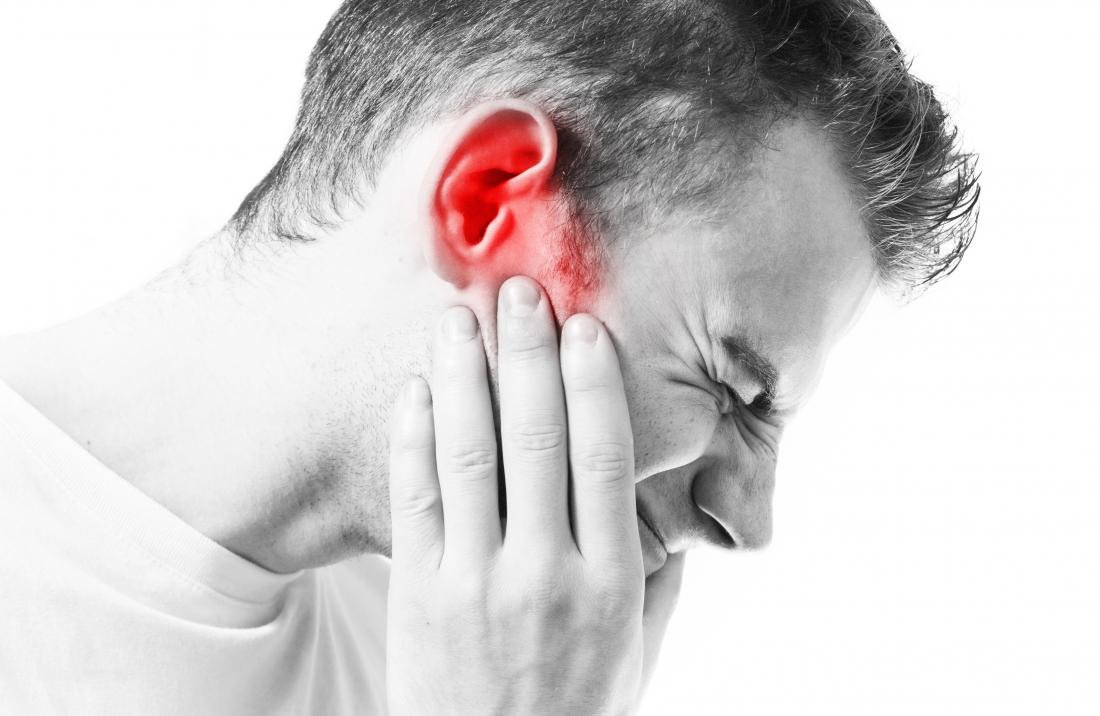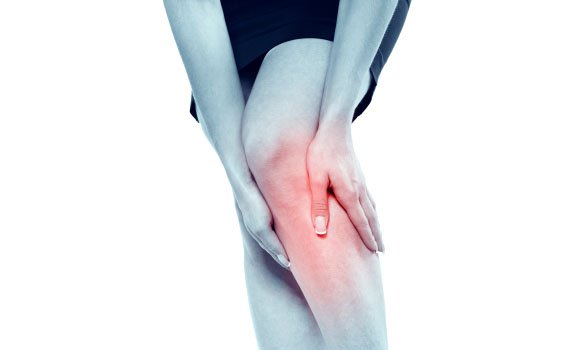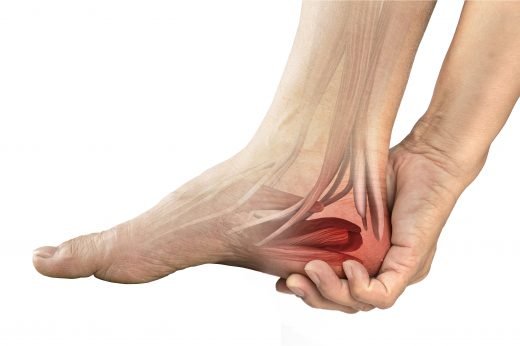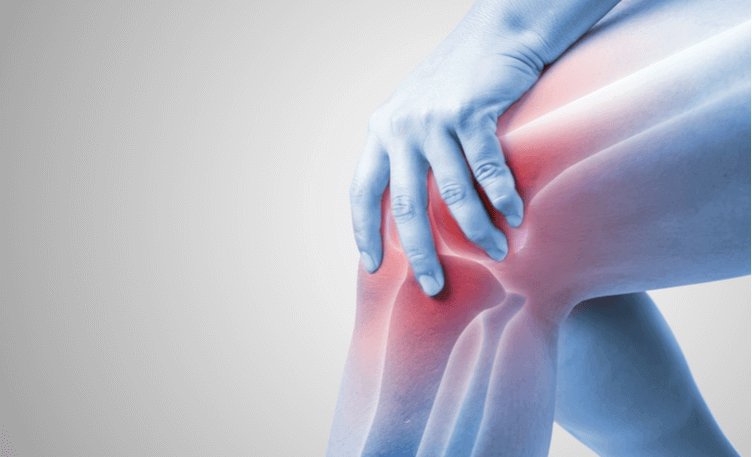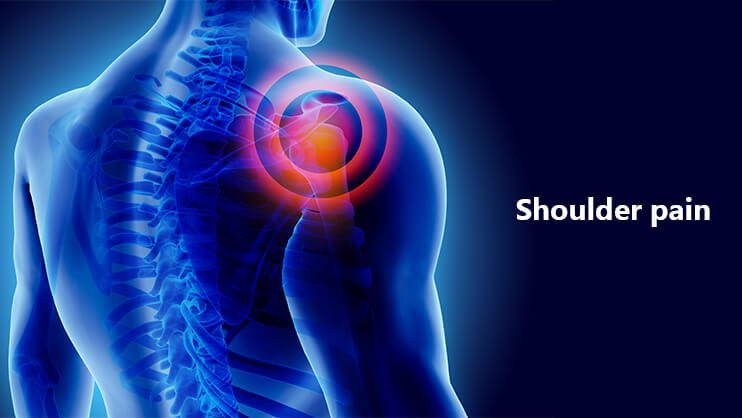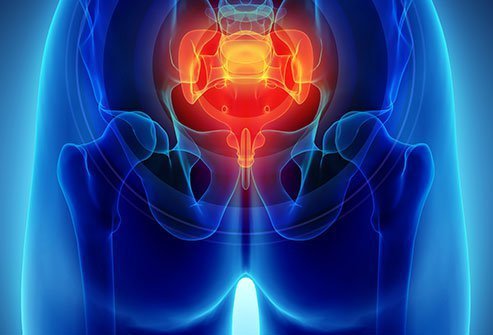Jumping on the trampoline is an enjoyable and easily accessible sport. Trampoline guarantees an excellent pastime, the development of all muscle groups, the vestibular system, coordination, and strength.
With all its advantages, jumping on the trampoline represents the traumatic exercises that, in the case of lack of experience or wrong use of trampoline, could have harmful consequences for the person’s health.
First aid kits are a good idea to have on hand for any trampoline-related injuries.
1. Back Pain After Jumping on The Trampoline
Back pain can affect both during and after training. The reasons may be the following: an excessive or incorrectly calculated load on the muscles and spine; also, it is possible to get trauma in the case of a wrong landing.
Pain Appears When:
- Lack of initial preparation and proper landing practice;
- The moves are performed incorrectly;
- You get a minimum of trauma.
- It is mandatory to call an ambulance in the following cases:
- Sudden and strong pains;
- Inability to move;
- Absence of sensitivity in the lower limbs.
Jumps cause a significant increase in pressure on the discs and vertebrae and sometimes cause compound fracture of the spine. The uncomfortable sensations in the back that are felt after training can signal excessive load on a certain group of muscles, and after some time, they pass on their own.
The precise cause of the disorder and its consequences can only be assessed by a specialist, a neurologist, or a traumatologist, after the visit and x-ray, magnetic resonance.
In the meantime, back braces for men and women are recommended for immediate relief.
Disorders of Urination
Involuntary urination during trampoline jumping or any other physical exertion (urge or stress incontinence) in women is usually due to weaker pelvic muscles than in men and a higher number of risk factors.
The pathological disorder develops due to damage to the nerve endings of the urogenital system and the low tone of the muscles responsible for urination.
The risk of developing stress incontinence increases in the following cases:
- Obesity;
- Frequent stressful situations;
- Hereditary anatomical anomalies;
- Prostate adenoma, the operated prostate;
- The numerous and complicated natural parts;
- The organs of the urogenital apparatus operated;
- Trauma to the pelvic organs.
The urologist must treat the disorder, and in some cases, women need to visit the gynecologist. The specialist will prescribe the treatment plan after the urodynamic examination, ultrasound of the pelvic organs, stress test, blood, and urine tests.
During the treatment period, training or jumping on the trampoline should be avoided. It can only be resumed with the doctor’s advice.
2. Neck Pain After Jumping on The Trampoline
The causes of neck pain during or after training or jumping on the trampoline are identical to those of pain in the spine.
The uncomfortable sensations can be caused by excessive strain on the muscles. This disorder can pass without the need for medicinal treatment.
If the neck hurts due to trauma, the danger of a compound fracture whose main symptom is pain cannot be avoided. The latter can be moderate, similar to a simple bump, or strong enough that it can only be relieved with strong pain relievers. The particular danger constitutes the compression of the nerve roots, which results in disturbances of the motor and sensory functions in the corresponding area of innervation. The neck’s compound fracture is very dangerous due to the risk of paralysis of the whole body, so you must immediately seek medical help.
Neck braces mitigate pain and additional injury from neck-related injuries. Neck braces provide support prior to and during physical therapy of neck-related injuries.
3. Stomach Pain After Jumping on The Trampoline
If there has been no trauma, stomach pains during or after training may be due to accumulated lactic acid or microtrauma of muscle fibers for the following reasons:
- Incorrect warm-up, too short or its absence;
- Too much stress on the abdominal muscles;
- The muscles are not ready for the chosen stresses;
- Training was resumed after a long break.
- The discomfort will pass on its own after a few days. It is possible to speed up the healing process,
- Applying an anti-inflammatory ointment;
- Doing a light massage to stimulate blood circulation;
- Increasing the tone of the tissues with moderate physical exercises.
The lower abdomen’s unpleasant sensations during training may be due to the intestine or urogenital system’s problems because jumping the diseased organ moves.
Pain in the right or left side results from accelerated blood circulation and overload of the liver and spleen with blood. Incorrect breathing can cause diaphragm spasm and, consequently, pain. In these cases, you must stop training, retake your breath and pulse, and continue the exercises after your breath is restored.
If the belly hurts after an injury, an ambulance must be called urgently regardless of how the injured person feels as there is always a risk of damage to the viscera.
4. Headache After Jumping on The Trampoline
Headaches and dizziness when jumping on the trampoline are usually due to shortness of breath, accelerated blood circulation, and blood saturation with more oxygen than at rest or little physical activity. To relieve the annoying sensations, you need to decrease the intensity of physical exercises.
If your head hurts after training, it is mandatory to consult your doctor to rule out the possibility of having:
- Increased intracranial pressure;
- The development of hypertension;
- Inflammation of the frontal sinuses, sinusitis, frontal sinusitis, etc.;
- Middle ear diseases;
- Damaged neck muscles.
Head trauma can be accompanied by pain and loss of consciousness, dizziness, nausea, convulsions, vomiting, skull fractures, and other symptoms. Sometimes they do not appear immediately, but after some time, so in any case, it is necessary to consult a specialist. The severity of the damage can be assessed after examinations, such as x-rays and MRIs.
5. Knee Pain After Jumping on The Trampoline

Knees hurt during or following jumps on the trampoline due to excessive stress, incorrect execution of exercises, obesity, previous trauma that has not been definitively healed.
In such cases, it is necessary to reduce physical activity, use elastic bandages, as well as:
- Do cold compresses on the knees daily for 10-15 minutes a few times a day;
- In the evening lie down with your stomach in the air, with your legs raised;
- Apply warming and pain-relieving ointments
If your knees, joints hurt for more than two days after training, you should book an orthopedic visit. The doctor will diagnose micro traumas that were not noticed during training, inflammatory processes in the knee joint, arthritis, and other pathologies. Treatment is prescribed after full diagnostics, including examination, palpation, x-ray, ultrasound, CT scan, and MRI.
Wearing knee braces during rigorous exercise, such as jumping on a trampoline can help prevent injury. Knee braces can alleviate knee pain from meniscus tears, ACL injuries, and Arthritis.
6. Chest Pain After Jumping on The Trampoline
This pain may be caused by exercise, moving your arms a lot, or landing incorrectly. You may be pulling on a muscle, breathing air out of your lungs, or your body may not get used to the movement and may react poorly to it.
To avoid this kind of pain, watch how you land, how you move your arms and be careful. Treatment includes rest, a visit to the doctor, and a good stretching.
7. Ear Pain After Jumping on The Trampoline
Jumping on a trampoline can push the eardrum and other internal parts. This will cause you a little pain and severe discomfort. Avoiding this pain is difficult, but you need to check double how you land.
If landed incorrectly, the impact will not be absorbed, which affects your ears. Treatment for this is the right time, and make sure you land correctly.
Earache drops are a good way to alleviate the pain of earaches and a good mitigation method prior to medical treatment.
8. Leg Pain After Jumping on The Trampoline
This can be caused by the rotation of the ankle upon landing. Or it could be because your ligaments and muscles are not stretched properly and are not elastic enough to cope with the landing.
Stretching exercises are also important to avoid this pain, and you are not as energetic when jumping. Treatment for this situation is rest, medication, and stretching.
9. Hip Pain After Jumping on The Trampoline
The hip can handle many movements, but it has its limits. If you are experiencing hip pain, you may have done it too soon, stretched a muscle, or torn cartilage. You may have done this a little while on the trampoline.
To avoid this pain, stretch all your muscles, make it easier to jump on the trampoline, and watch turns, flips, etc.
10. Heel Pain After Jumping on The Trampoline
There are several reasons for this suffering. You may have injured your achilles heel or contracted plantar fasciitis. Or you just landed with too much heel weight.
To avoid this problem, you need to watch how you land to see if you’re putting too much stress on your heels or if you’re straining your plantar fascia. The treatment for these conditions is to see your doctor for an examination and recommend the right course of action.
Compression socks and braces for plantar fascia are highly recommended prior to and during the course of seeking treatment.
11. Joint Pain After Jumping on The Trampoline
This pain is mainly caused by the exercises you do on the trampoline. Although trampolines absorb most of the impact of jumping, your joints can still feel the effects of these sudden stops.
It is not difficult to avoid this pain. It would be best if you reduced those exercises that overload the joints. Treatment may include ice packs, heating pads, rest, and a few pain relievers. Time helps resolve any issues you may have with us.
12. Shoulder Pain After Jumping on The Trampoline
Trampolines do not directly cause shoulder pain unless you land on your shoulder the wrong way. Then you could have been seriously injured. The immediate cause of shoulder pain is the various arm exercises you do while jumping on a trampoline.
To avoid these pains, you need to do more than one correct shoulder stretch and watch your land. Treatment will include rest, ice packs, heating pads, medications, physical therapy, and more. It depends on how serious the cause of the pain is.
13. Tail Pain After Jumping on The Trampoline
Repetitive activities such as jumping or landing on a trampoline can cause tailbone pain. Or you may be overweight when starting a new trampoline training program.
To avoid this type of pain, you need to keep track of the number of reps you do with each exercise. Treatment includes changing your sleeping position, using extra pillows when sitting, and the usual heat and ice treatments, and medication.
Benefits for your Kids
The benefits of trampoline exercises on children’s bodies are beyond doubt. When training children:
- Improves mood;
- Coordination develops, which will be particularly beneficial for the little ones;
- Develop biceps, triceps, back, leg, and other muscles, as well as joints;
- The bones are strengthened, which will then prevent severe trauma;
- Improve digestive processes, appetite, regulate blood circulation;
- Children socialize better.
However, it must always be remembered that jumps can all have various consequences. Due to an incorrect landing, children risk ending up in resuscitation with a long period of treatment and subsequent rehabilitation. This can happen in the following cases:
- Fractures (sometimes requiring surgery);
- Traumas of the neck and head, are very dangerous;
- Damage to the viscera.
Strains, bruises, scratches, cuts are also possible, but they are not dangerous for health. Injuries are mostly obtained after a bad landing, for example, on the frame or the springs, during some stunt, or by hitting another jumper or falling off the trampoline. Safety instructions explained to the child before getting on the tool are usually useless. The little ones starting to play no longer control themselves, and it is very dangerous.
To minimize the risk of getting injured, you must train under the supervision of a qualified coach or instructor. It is not recommended to use professional trampolines at home, in school gyms, or children’s playgrounds. The little ones are allowed to play in the inflatable pools filled with balls and toys. It is better for older children to offer other types of activities, such as “who comes first,” bicycles, and team games.
The Right Way to Jump on Trampoline to Avoid Injuries
To avoid injuries and get the maximum benefits and satisfaction from training, follow these important rules:
- To jump on the trampoline, prefer comfortable sportswear that does not impede movement; it is not mandatory to wear shoes.
- Respect the safety rules: jump individually, you must not find hard or sharp objects in the pockets, you cannot have anything in your hand.
- You have to jump into the center of the cloth.
- Before starting your workout, you need to warm up for 10 minutes.
- Don’t start with complicated jumps; learn simple exercises first.
- During training, beginners need to take breaks to rest and catch their breath.
It is not recommended to do the exercises alone. You have to learn the technique of each jump under the supervision of a qualified coach who will see the mistakes and help prevent any trauma.
It is not advisable to jump on the trampoline for people with:
- Hypertension, with frequent crises;
- Severe cardiovascular diseases;
- Asthma;
- Tachycardia;
- Thrombophlebitis;
- Stenocardia;
- Oncological diseases, severe diabetes mellitus;
- Pregnant.
However, before starting training, it is recommended to ask the attending physician for advice to avoid the risk of an illness that is a contraindication for jumps on the trampoline.
Do Trampolines Cause Pain?
In America, thousands of children and adults end up in hospitals or their doctors’ offices because of the pain and trauma they have suffered from using trampolines. Many parents and doctors blame the trampoline for injury and pain. But do trampolines cause pain?
Trampolines are inanimate objects that cannot move. They also don’t mind when they can make a cognitive decision to harm one of their users. If anyone were honest, they would see that trampolines do not cause pain or injury to those who use them.
The causes of these pains and injuries are trampoline abuse, inability to properly stretch muscles and limbs, horseback riding, and other incorrect decisions of users. Coincidentally, trampolines are an unfortunate place where these injuries occurred.
If people want to reduce pain and injury, they need to learn how to properly use the trampoline, exercise and enjoy their leisure time, and be a little more responsible. Just because someone came up with an idea for a unique maneuver that he could do with a trampoline, snot, means it needs to be done.
Can Trampolines Help with Pain?
You can see that trampoline exercise can hurt you a lot if you don’t do it properly and stretch properly. But there is a good side to this story, and trampolines can help you ease the pain a little.
Although many back problems cannot be cured with a trampoline, spondylolisthesis is not one of them. A trampoline can strengthen affected muscles and relieve most of the pain.
Also, trampolines eliminate many of the problems associated with impacts when jog, jumping, and walking. The trampoline mat will absorb most of the shock and give your joints a rest. It will also help distribute the impact to different parts of your body while protecting one or more joints.
Conclusion
Many ill-wishers see the pain of using a trampoline as a menace that needs to be stopped. They believe that trampolines should be locked and, in use, supervised only by professionals.
This is wrong thinking and wrong attitude towards trampolines. These exercise and entertainment tools can make a significant contribution to your healthy lifestyle. They can also be a great help to get you back in shape and looking good.
But, as you can see, when using trampolines, you can feel a lot of pain. If you exercise a little common sense, stay within your limits, and so on, you can avoid most of the pain associated with using a trampoline.
Avoiding these painful activities will help you have a lot of fun owning your own trampoline.
